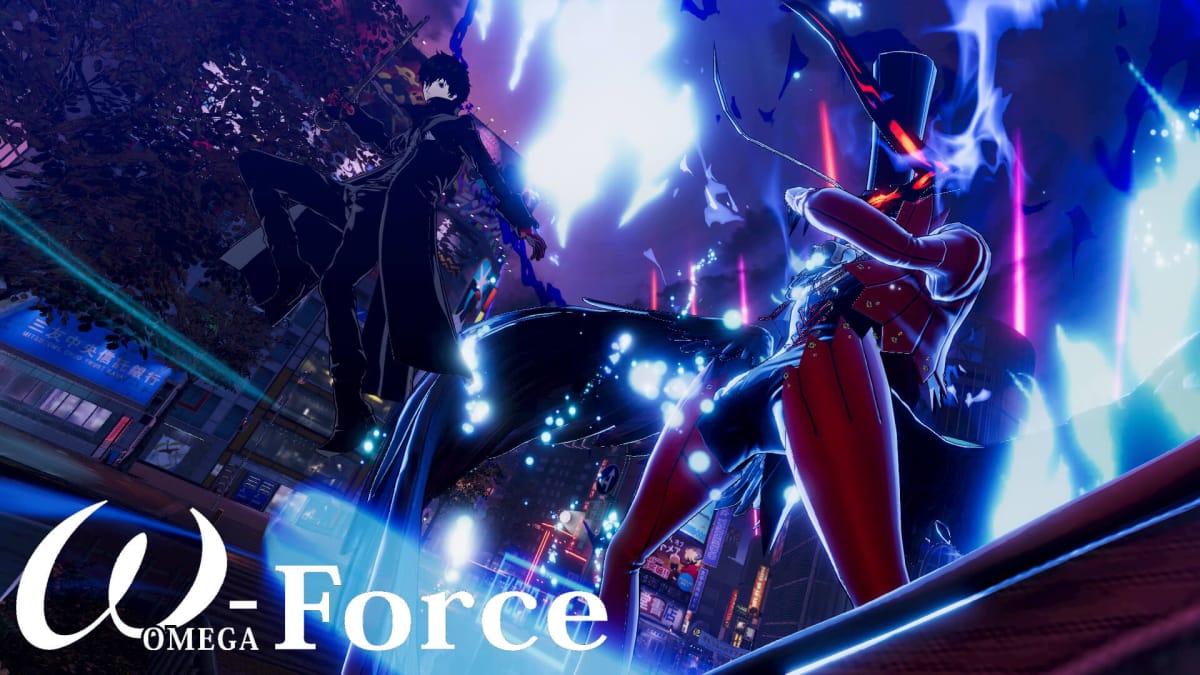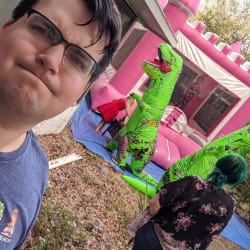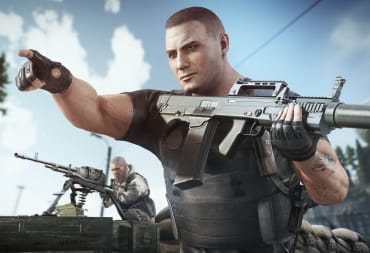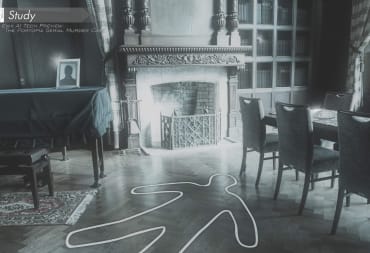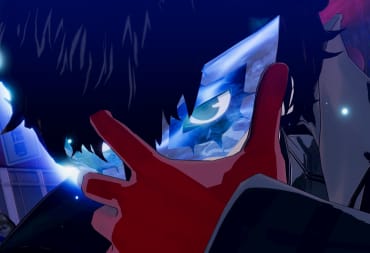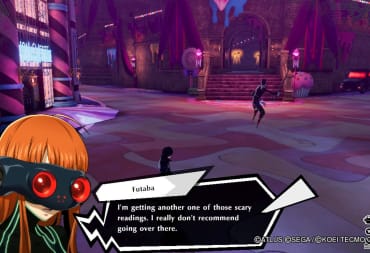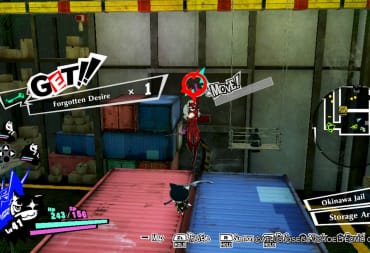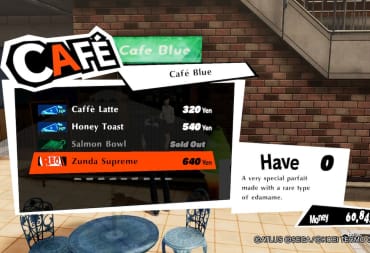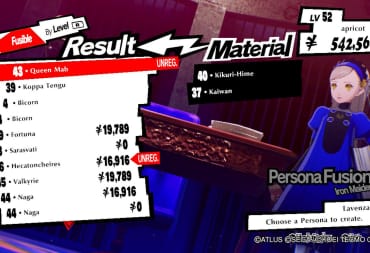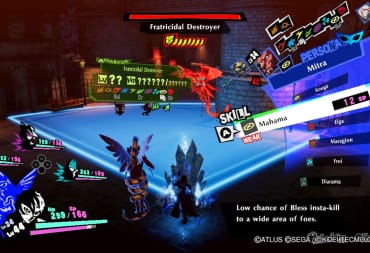Musou video games, or Warriors titles as they're known in the west, are the child of Omega Force, a Japanese development company first founded in 1996. What started with the Dynasty Warriors series, a spin-off of the historically based strategy series Romance of the Three Kingdoms, has created a variety of numbered, named, and unnamed Warriors sequels and spin-offs. The latest of these, Persona 5 Strikers, could barely even be called a Musou game. What was for the longest time a very recognizable and strict genre has begun to diversify in recent years.
What is a Musou game anyway?
Throughout the history of gaming, we've seen titles developed for just about any genre you might enjoy. From action and horror to simulation games or visual novels, if you dig deep enough there's going to be a style of game that clicks with you. As games have diversified they've also defined new genres of their own like the popular and widespread Metroidvania. The Musou subgenre is unique in that every Musou game has been made by Omega Force. The first Dynasty Warriors game wasn't even a Musou title as they would come to be known; the franchise began as a weapon-based fighting game, similar to Soulcalibur, and it would only be in the year 2000 with Dynasty Warriors 2 that we would see our first Musou game. For many years after Dynasty Warriors 2, the genre would grow with more competent hardware and expand on the experience but didn't do much to step away from its origins. You can compare a screenshot of Dynasty Warriors 2 with One Piece: Pirate Warriors 4 and see that while two decades have passed, the gameplay is the same.
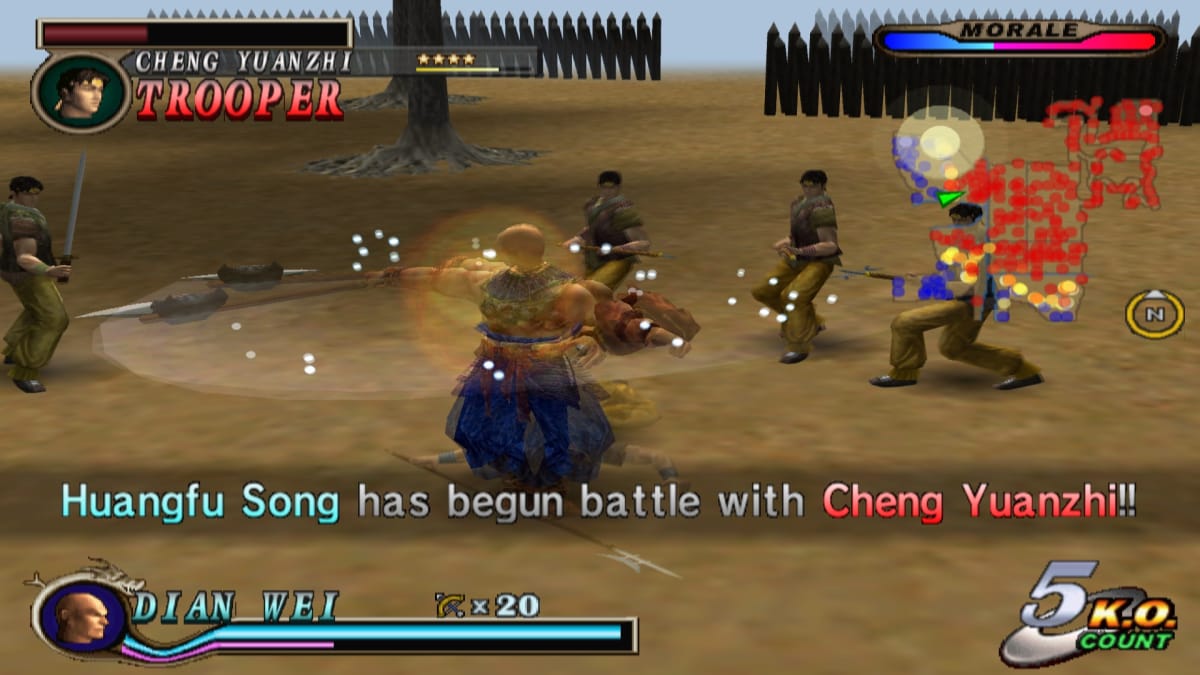
Being a made-up genre, the definition of what it is is somewhat up to interpretation. Trying to explain to a friend what a Musou game is, it's not as self-explanatory as "action-adventure." A Musou game is usually defined by its large-scale levels filled with fodder enemies, in-battle faction system, a sizeable roster of playable characters, and hack-and-slash gameplay. Is it the most technically complicated game, forcing players to carefully specialize their characters in order to progress through the plot? not at all. Is it the kind of game you can play alone or with a friend and demolish waves of enemies, letting your power fantasies run wild? hell yeah!
Each level of a Musou game will follow a standard format. You and your troops will appear in one section of a map and need to capture a point at the other end of the map. As you make your way through the world you'll capture more bases, increasing your strength in the region, and claim your goal. Along the way, special events can occur, like friends and foes appearing on the battlefield, your path being blocked, or the need to double back to protect your base. The consistency informs the player that if you enjoyed one Warriors game, then chances are you'll enjoy the others. Dynasty Warriors 2 sold over one million copies over four months, and Dynasty Warrior 3—released a year later—managed to sell 2.2 million copies. People were enjoying the style of gameplay, but even then criticized gameplay for being too close to its predecessor.
Musou games from history to fiction?
From Dynasty Warriors 3's release in 2001, it took another six years for Omega Force to make their first big variation from the franchise. At this time, Dynasty Warriors 5 was out, Samurai Warriors had its second iteration steeped in Japanese history, and Omega Force released Dynasty Warriors: Gundam. Instead of creating a game consisting of Chinese generals or Samurai attempting to recreate important moments from history, Omega Force had paired up with wildly popular manga/anime franchise Gundam. This was the first step in branching out, and it wasn't long until other manga and video-game series joined the Musou family. Franchises such as One Piece, Fist of the North Star, Legend of Zelda, Arslan, Berserk, and Fire Emblem have all been adapted to the Musou formula.
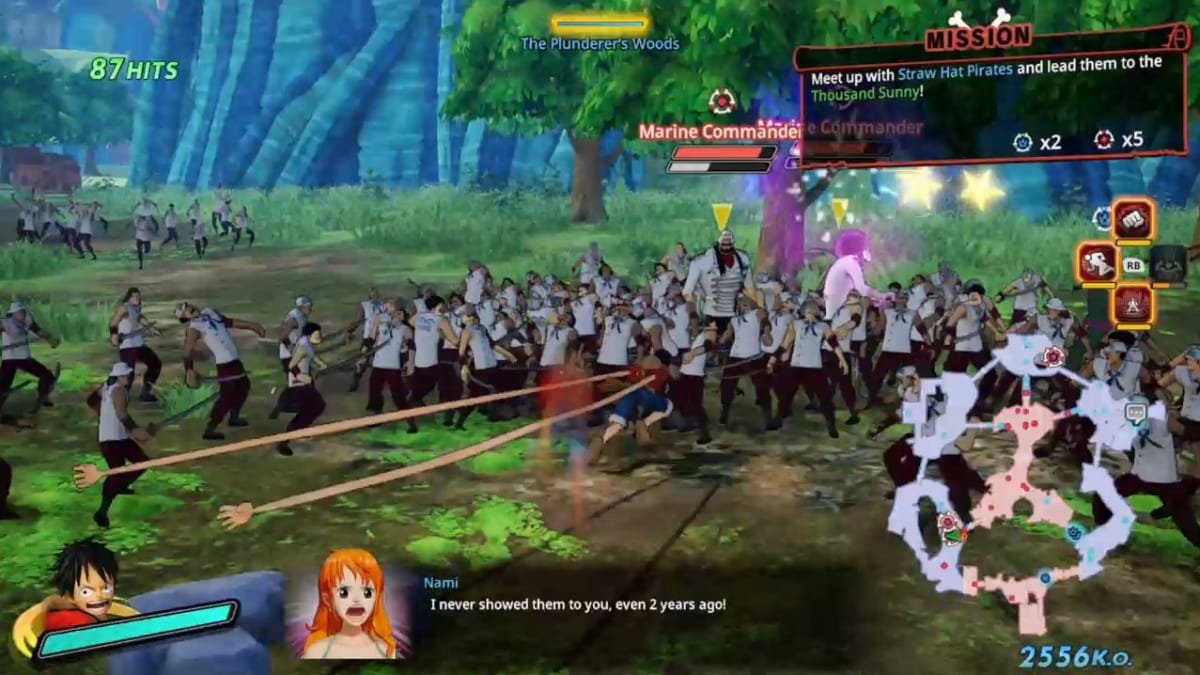
This branch into pop culture icons like Gundam and One Piece immediately showed in sales and reception to the games. Dynasty Warriors: Gundam, the very first of these tie-ins, managed to sell 100,000 copies in Japan on its first day. At the time, this was the first game in the PlayStation 3's four-month history to ever hold that record. What was clear to see though was that Dynasty Warriors: Gundam, One Piece: Pirate Warriors, and Hyrule Warriors were a reskin—a palette swap of the same base structure that Omega Force had already been using for seven years at this point. The formula, while working, is beginning to get a bit stale. The benefit of knowing "I enjoy Musou games" allowing you to play a number of them and know exactly what to expect, once flooding the market with similar experiences, can turn your thoughts to, "Well I've already played that game without the need to play it."
How has Omega Force stepped away from the formula?
Omega Force took their first big step away from their source material in 2007, but it wasn't until 2016 that they took their step away from the formula. The first title of Omega Force's that retained most, but not all, features of the Musou genre was 2016's Attack on Titan: Wings of Freedom. For many, it might not even have crossed your mind that Attack on Titan was a Musou title, but while it deviates slightly from the base formula, it retains enough to earn this genre. The first thing that you might notice is that it doesn't use the Warriors name; while it doesn't maintain the moniker Musou, that doesn't change the fact that so much of the gameplay in Attack on Titan mirrors the outline for the genre.
Musou titles in the past such as Fist of the North Star: Ken's Rage 2 have fit the mold of Musou a lot tighter and have not been given the Warriors subtitle. Alternatively some games like Barserk and the Band of the Hawk have only received the Musou subtitle for the Japanese release.
Attack on Titan maintains the large maps, factions, and need for a sizeable roster of characters. There are certainly smaller Titans that are easier to take care of, but you won't be wading through groups of 20-40 fodder enemies at a time. Much like how I described a normal mission of Dynasty Warriors, you'll be completing the same kinds of objectives and should expect the same kinds of interruptions mid-mission. Attack on Titan's big departure from the genre is in its difference in combat style, while much the rest is the same.
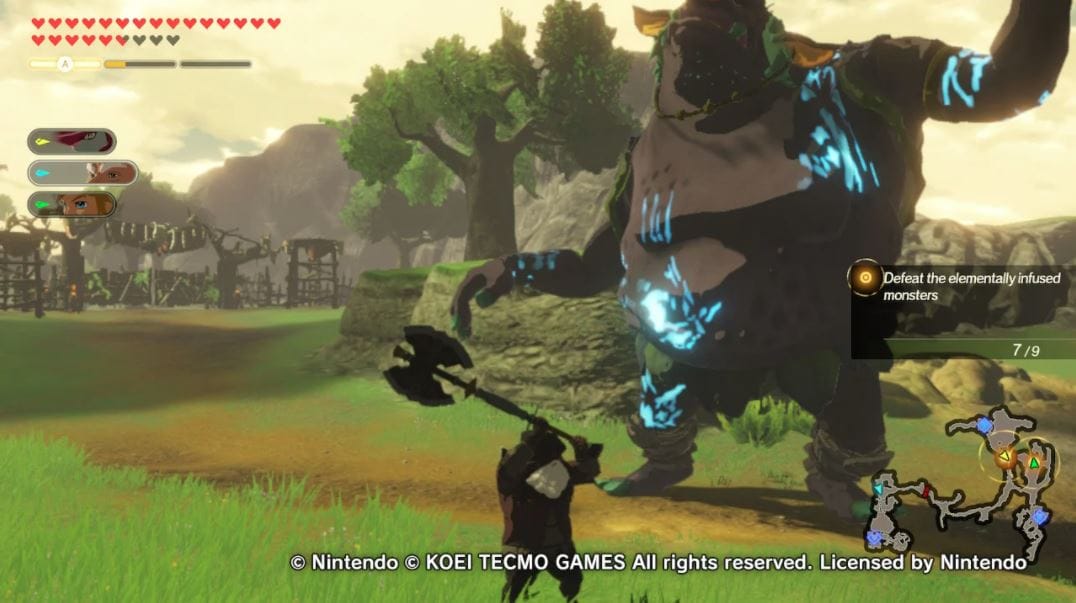
Omega Force's next title to deviate from the formula leaves it in a different direction. Last year's Hyrule Warriors: Age of Calamity, while the second game in the Hyrule Warriors series, departs from the first game in its narrative style. The original Hyrule Warriors introduced the concept of Boss Battles, but the sequel took even further strides to set itself apart. Traditionally, story is delivered to the player through mid-battle speech bubbles and some short cutscenes. Age of Calamity opted to deliver its narrative in a similar style to the game it's the canonical prequel of, The Legend of Zelda: Breath of the Wild. The gameplay is identical to previous Warriors titles, but in delivering the narrative, the game comes across as a true Legend of Zelda title. It's only a small deviation, but when you have 16 years of identical games under your belt, it's still worth noting the differences between them.
The latest of the deviations comes in the form of Persona 5: Strikers, again a title that doesn't hold the Warriors subtitle, but in combat at least maintains the genre. Leaning heavily into the tradition of Persona titles, players are put through dungeons of shadows. When not in the Metaverse, the player is able to walk around the streets of Japan, running into friends and purchasing items. It is certainly a game that feels more like a Persona title than you would think as a Musou game, but then you get into combat. Button combinations are similar to any Musou game, with the exception of special Persona attacks. There's a roster of 10 playable characters, and while you might be fighting one or two large Shadows, expect to see a few dozen fodder shadows.
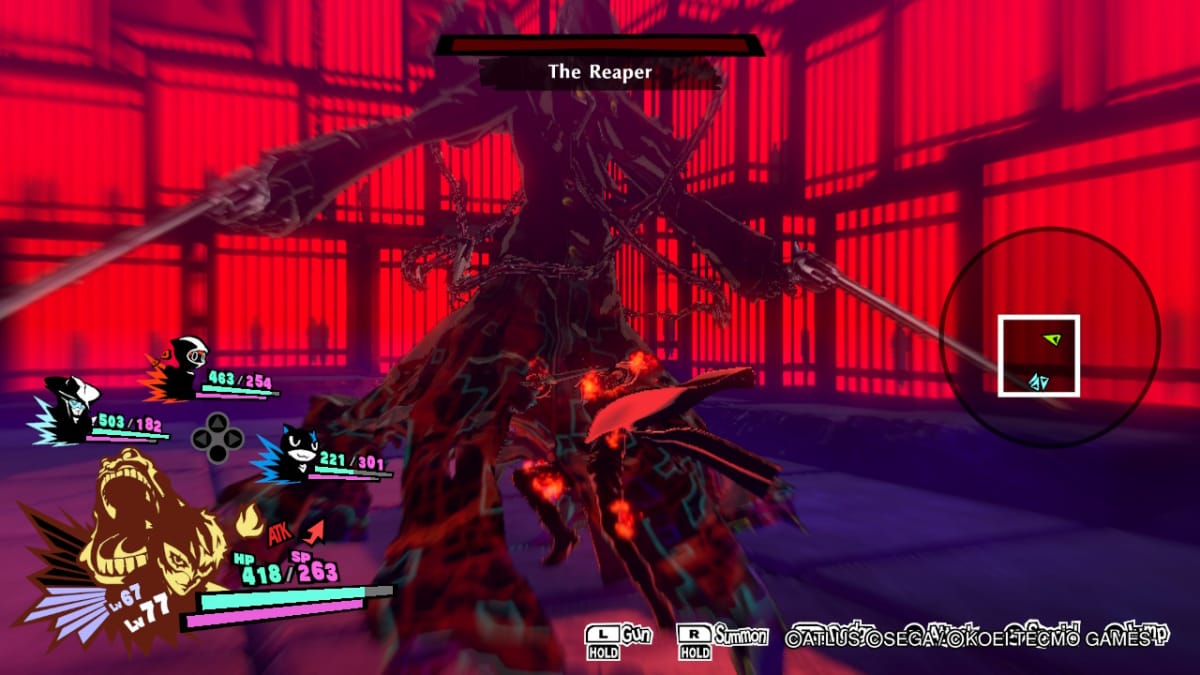
With Persona 5: Strikers, Omega Force has made a competent Persona title and replaced the turn-based combat with encounter-based Musou combat. This is by far the largest step away from the formula that we have seen, but one that Omega Force pulls off impressively. The combat is fast and fluid, yet completely familiar to anyone with a history of playing Musou titles. Just like the '80s gave us Rogue and the Roguelike and Roguelite genres, what Omega Force might have been able to create here was the first Musoulite title: a game that retains a bare minimal aspect of the original genre, such as combat design, but then places that element in a completely unfamiliar system. Persona 5: Strikers might be the next game that burnt out Musou fans are able to pick back up. The familiar combat is in place, but story delivery and dungeon exploration still set it apart as more Persona than Musou. Alternatively, a fan of Persona games might find Strikers serves as a gateway to experiencing other Musou titles.
What does Musoulite mean for the future?
Where can we even start with this? With easy-to-learn but engaging combat, the type of Musoulite gameplay shown in Persona 5 Strikers could be applied to a number of different properties. Much like how Omega Force pulled the turn-based combat out of a traditional RPG, it wouldn't be hard to see them take this approach with other popular JRPG titles such a Final Fantasy or Dragon Quest. When traversing the overworld, instead of being greeted by a menu of options, your Warrior, Thief, Black Mage, and Red Mage jump into freeform combat, each job with its own combo string with potential variations based on which character is fulfilling that job role.
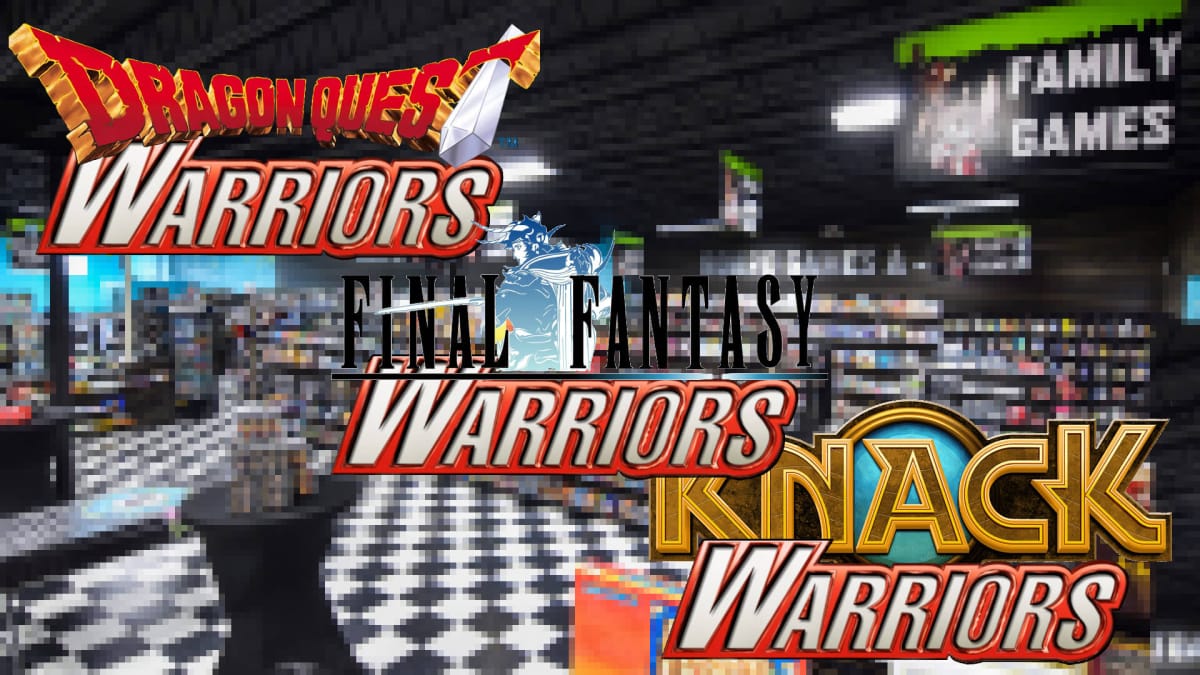
It has taken Omega Force a long time to take a look at the Musou format and let it grow into what it is today. It's great to see that they don't just seem content on building on what they have, but have been slowly experimenting with adding or removing certain elements. With four games over the past four years experimenting with the formula, and Persona 5: Strikers deviating furthest from the starting point, it's going to be interesting what Omega Force can continue to do in terms of experimenting with the formula further while trying to apply it in interesting ways not only to their own IP but their crossover titles.
Are you excited to see Omega Force experimenting? What kind of Musoulite game would you like to play? Do you think Omega Force should keep Musou as it is?
Have a tip, or want to point out something we missed? Leave a Comment or e-mail us at tips@techraptor.net
